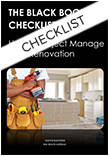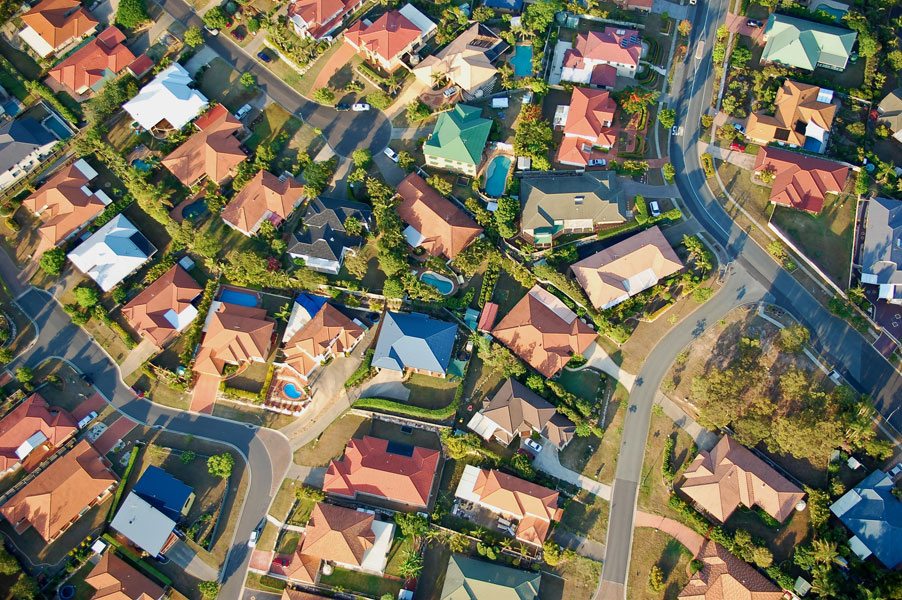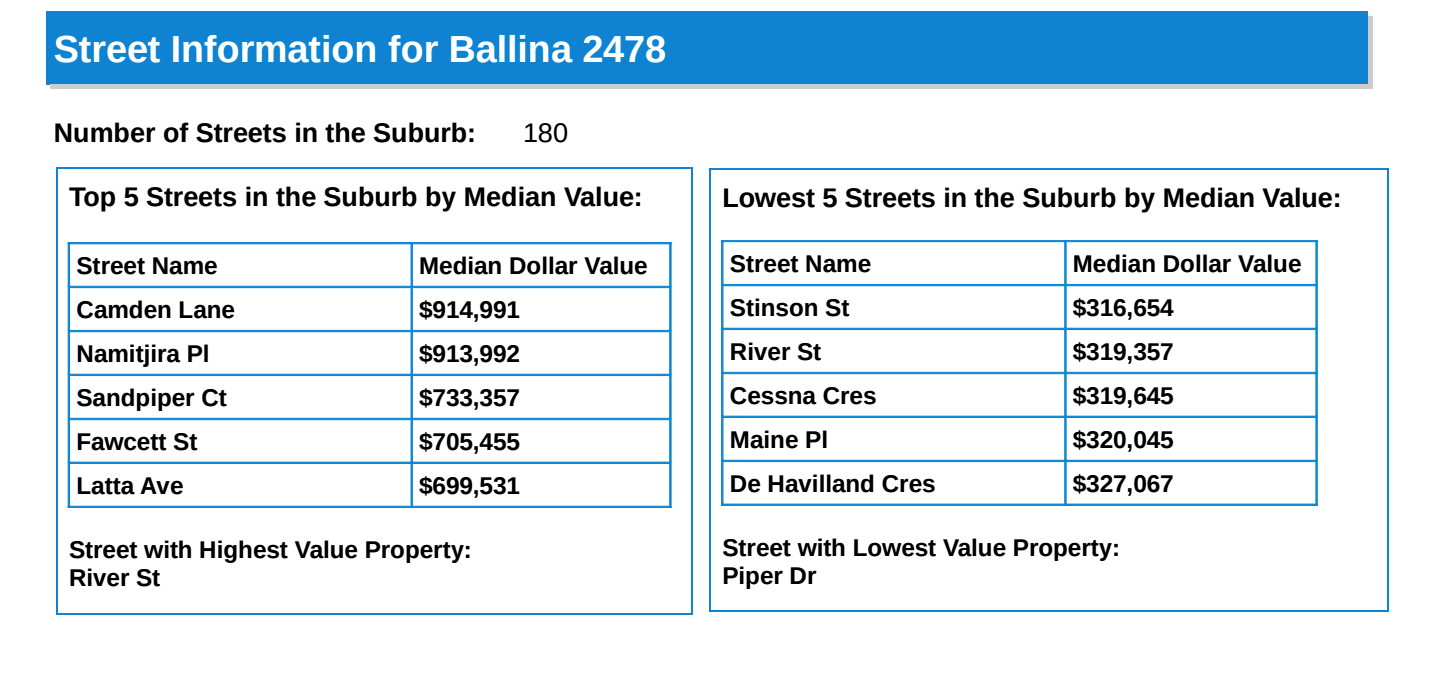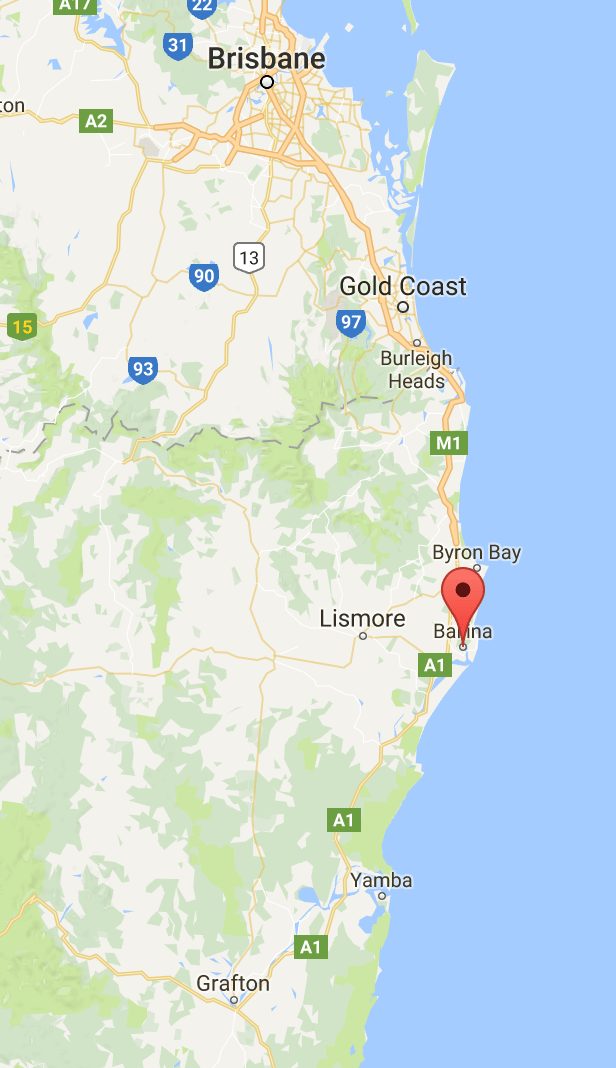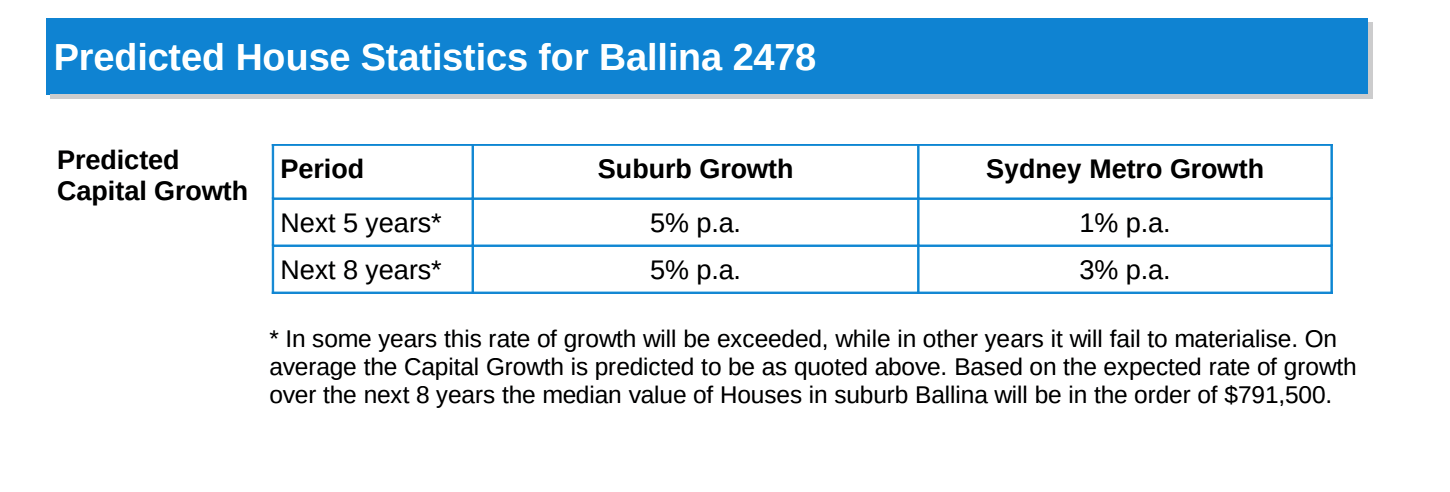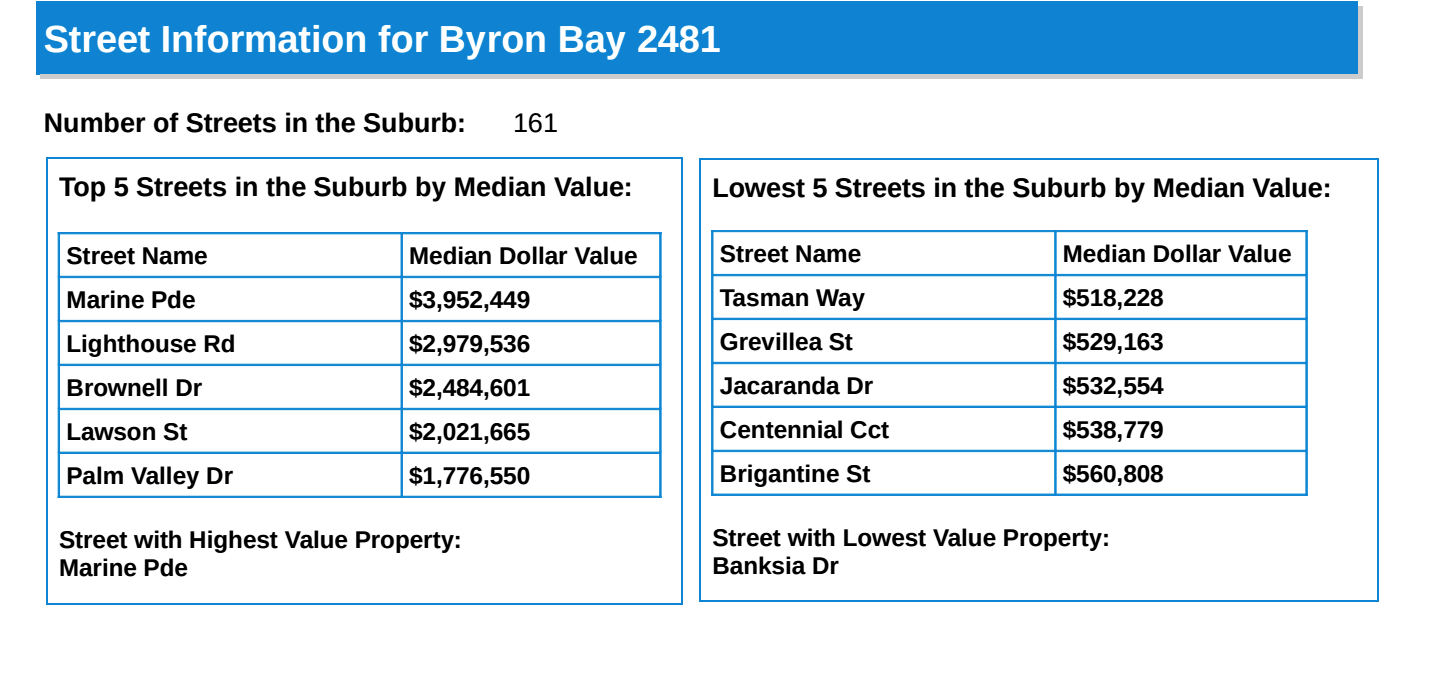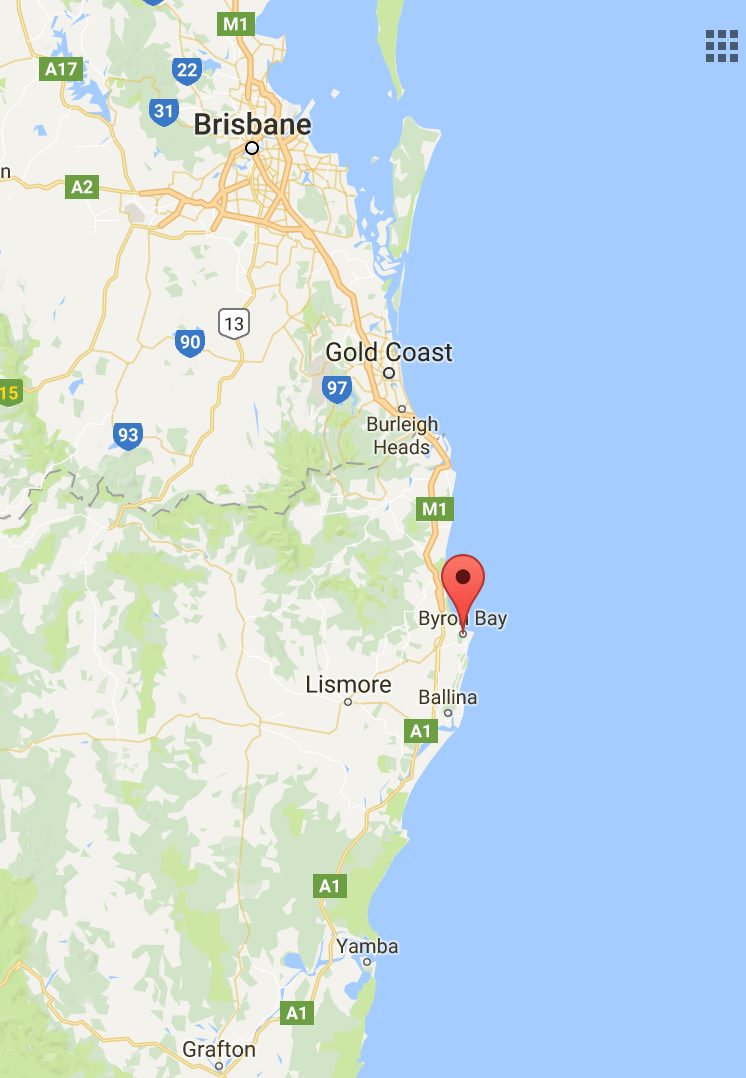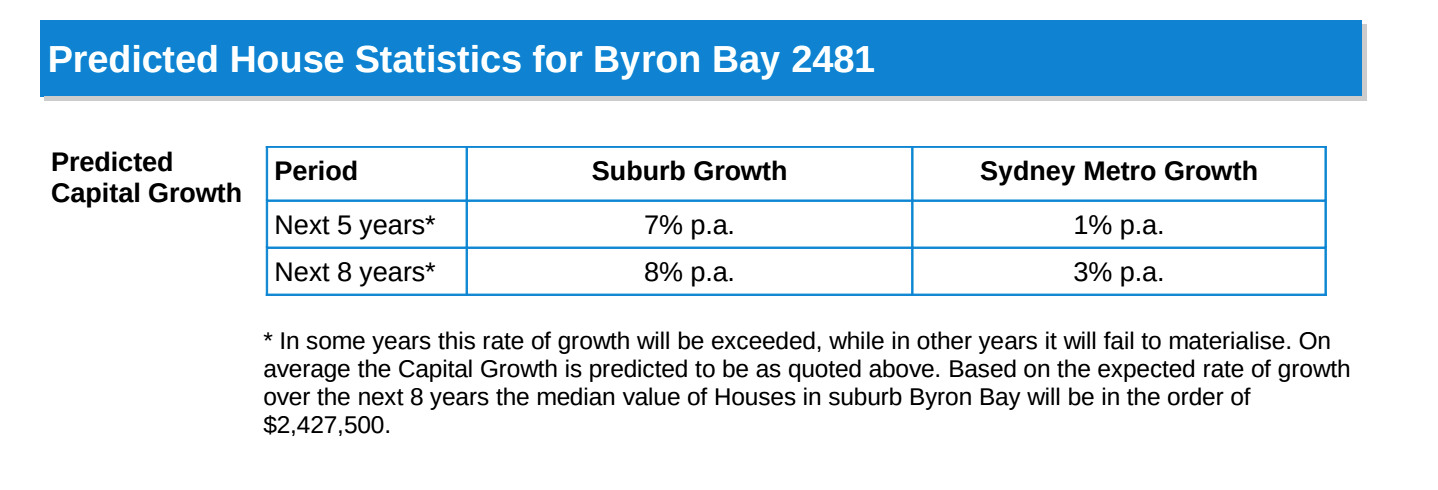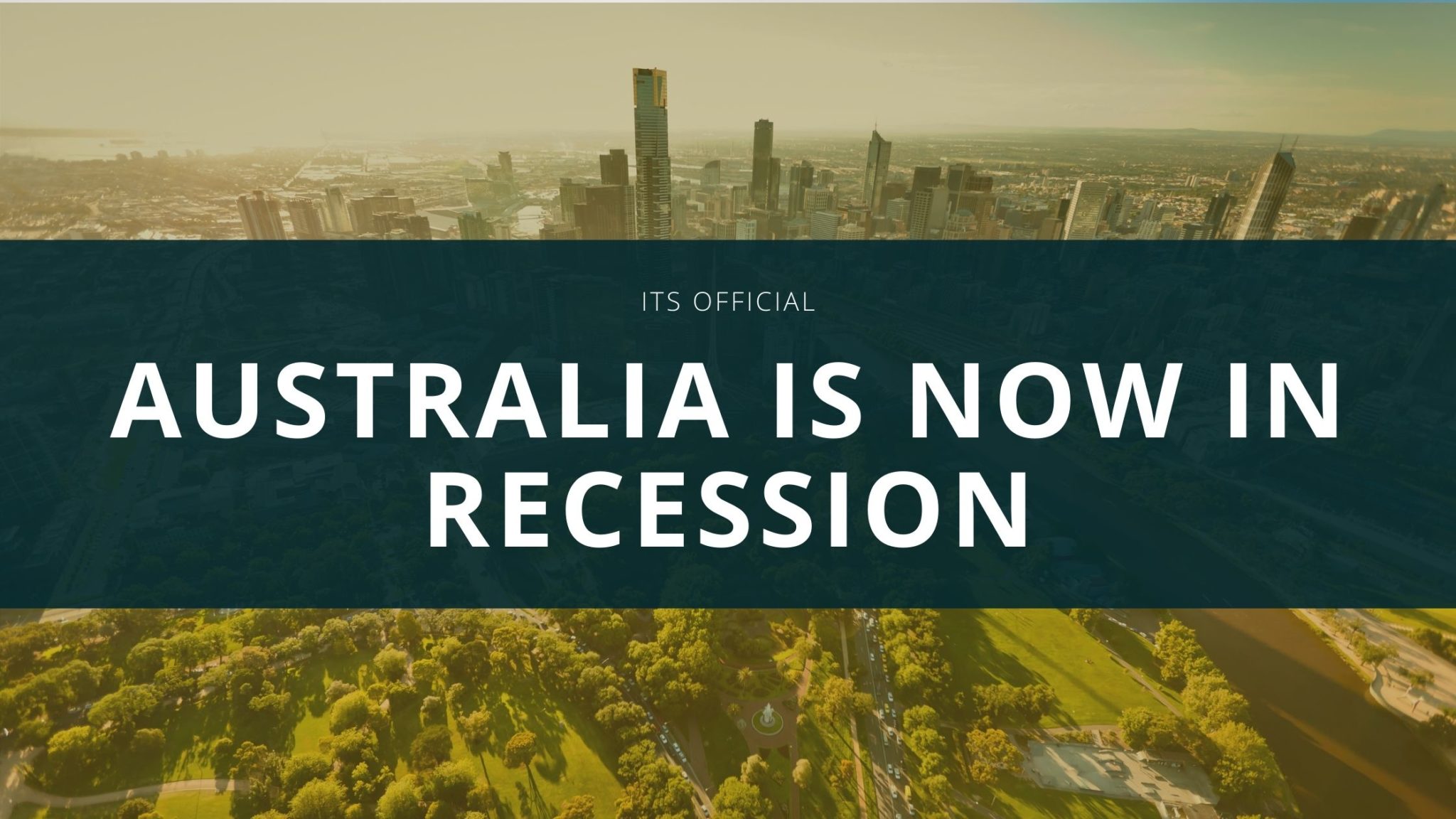Helen Collier-Kogtevs
Suburb Research Report – September 2017
I must admit, this is one of my favourite projects each month, as it allows my team and I to dig down into the nitty-gritty, to show investors how real-world due diligence can be applied to your own investments.
This month, we’re looking at two suburbs within very close proximity to each other – but with two very different growth prospects. Why? You’ll have to read on to find out!
Sometimes as investors, we spend too much time looking at the bigger picture and not enough time focusing on the details. The aim of this report is to show you that the minor details can be crucially important, particularly when you’re deciding where to invest your hard-earned dollars.
As always, I’ll be sending a new report highlighting new ‘hot’ and ‘not’ suburbs next month, based on the research our team is going through the likes of the ABS, CoreLogic, Residex, the Real Estate Institutes and more.
Please keep sending us your feedback, and if you would like us to investigate any specific suburbs, let us know!
Helen Collier-Kogtevs
In this monthly report, I present the research on two suburbs: a ‘hotspot’ and a ‘notspot’. This research is merely a starting point, and illustrates the type of due diligence my team and I do when reviewing potential investment locations.
Let’s begin with what’s hot:
What’s Hot: Ballina
Suburb statistics:
| Population: | 16,000 |
| Location: | 185km from Brisbane |
| Average wage/salary income: | $39,768 p/household p/year |
| Unemployment rate: | 4.08% |
Financial statistics:
| Median house price | $495,000 |
| Median rental return (houses) | $450 p/week |
| Median unit price | $389,000 |
| Median rental return (units) | $365 p/week |
| Average return (last 10 years) | 7.5% p.a. |
| Average growth rate (last 10 years) | 2.4% p.a. |
Best and worst streets: Ballina
About Ballina:
The town of Ballina is situated in New South Wales, in what’s known as the Northern Rivers region. Straddling the mouth of the Richmond River, Ballina is around two hours’ drive south of Brisbane, and around an hour’s drive from the Gold Coast.
Stretching along the beautiful coastline, Ballina boasts predicted population growth of 19% and offers an abundance of opportunities for infrastructure development and other major projects, which are expected to draw in those looking for employment.
Over the next 20 years, the proactive local council plans to expand a number of industries in the area, and improve transport links between Ballina and southeastern Queensland. There is a strategy in place for major economic development, an implementation of open-space living in the city, zoning reviews, and a focus on creating a thriving community atmosphere through features such as a public art installations, an indoor sporting facility, public pool redevelopment and a marine rescue tower.
In addition to these upcoming projects, Ballina remains an affordable place to buy property. In fact, it is much more affordable to buy and rent in Ballina than it is in Byron Bay, which is a short distance away.
In reality, you could buy two houses in Ballina for the price you would pay for one property in Byron – a move that could cut your risk in half, whilst increasingly your prospects for growth.
Another feature in landlords’ favour is the robust rental market in the area. The vacancy rate in Ballina has been historically low (under 2%), and currently, it’s at a steady 1%. It is expected to remain steady in the future.
Future growth prediction for Ballina
What does all this mean?
Huge interest and investment in the region at both a public and private level means that Ballina is poise for growth. Paired with affordable median house prices, Ballina could constitute a solid asset choice for prospective investors. Considering the large predicted future population growth, together with strong annual capital growth projections of 5% per year and the low unemployment rate (coupled with low vacancy rates!), makes Ballina is a positive investment opportunity.
My tip: Buying two properties for the price of one Byron property will halve your investment risk, while doubling your prospects for growth and prosperity.
What’s Not: Byron Bay
Suburb statistics:
| Population: | 10,000 |
| Location: | 165km from Brisbane |
| Average wage/salary income | $45,292 p/household p/year |
| Unemployment rate: | 8.7% |
Financial statistics:
| Median house price | $1,515,000 |
| Median rental return (houses) | $750 p/week |
| Median unit price | $800,000 |
| Median rental return (units) | $580 p/week |
| Average return (last 10 years) | 10.2% |
| Average growth rate (last 10 years) | 5.6% |
Best and worst streets: Byron Bay
About Byron Bay:
The coastal town of Byron Bay is located in New South Wales, around 165km to the south of Brisbane, and roughly 20km north of Ballina.
Serving as the hub for the Byron Shire, the town is a popular tourism destination and boasts a strong reputation as a trendy and amenity-rich place to live.
The median value of houses in Byron Bay is expected to grow 8% per annum over the next eight years, which is an extremely high growth projection.
However, the kicker is the pricepoint: the only investors fortunate enough to benefit from this growth will be those landlords with access to a six-figure deposit, as the median house price is a whopping $800,000. Around $1 million is needed to purchase a family house in the area, which is double the amount needed in Ballina.
As a result, unaffordability of the houses renders this town the more risky and expensive investment option. Not only is this unaffordable for many investors, but the significant mortgage required makes you especially vulnerable to changing interest rates.
As a long-term performer, Byron Bay delivers, with capital growth of 50% over the last four years in Byron Bay. That said, population growth of the town is expected to slow at just 1-2%, compared to Ballina’s anticipated population growth rate of 19%. Byron Bay also continues to be impacted by the highs and lows of tourism, which is heavily reliant on good weather and a low Aussie dollar.
Though there is a plan in place to refurbish the town centre in the future,
Byron Bay’s unemployment rate that is double that of Ballina at 8.7%. The suburb also has a higher vacancy rate at 2.6%. Traditionally, the vacancy rate in the town is higher and more unstable in Byron, and prone to swings.
Future growth prediction for Byron Bay
What does all this mean?
While there is expected to be a boost in the median value of houses in Byron Bay, the sheer unaffordability of property makes the town a challenging investment choice. Though there is a thriving tourism industry in the town, as well as a sense of prestige to prospective owners and investors, poorer future population growth expectations and a higher unemployment rate render Byron a risky option.
My tip: Having a mortgage in the $900,000 to $1m range puts you at risk of being exposed to high-interest rates and extended vacancies, which could put you under unnecessary financial pressure.
Conclusion
Every month when I release one of these reports, I make sure to point out that as far as research goes, this report represents simply a ‘starting point’.
There is a lot more due diligence that investors must do before deciding whether a particular area makes sense, stacks up, and aligns with your strategy.
In this instance, I can tell you that any investor reviewing Byron Bay as a location to buy should only be considering this suburb if you are a high-income borrower, with a substantial buffer to account for rainy days. On an $800,000 mortgage, even two or three weeks of vacancy with no rent coming in can amount to a huge dent in your savings – so don’t move forward unless you can truly afford it.
How do you know if you can afford it? This is only possible if you have a clear strategy, which takes into account your budget, your income , nd your goals. Having purchased property all around Australia over the last 15 years, I teach my students to nail their strategy first and foremost.
Purchasing the property is the last step of the process – and it’s also your opportunity to put everything you’ve learnt into practice.
My tip: Hopefully this report helps to demonstrate how crucial public investment – ie. the level of financial investment from the local council, state government and other stakeholders – is, in relation to finding growth assets. Whereever you plan to buy property in Australia, investing in an area with a proactive, pro-development local council is essential for a healthy, growing property market. To help you find these types of locations, I have included my Questions for the Local Council Checklist – to help you on your property search. Whether you are looking to invest in a regional market or in a capital city, this will help you create specific criteria for finding your next quality property investment.
Helen Collier-Kogtevs
Share this post
Become a successful Property Investor
